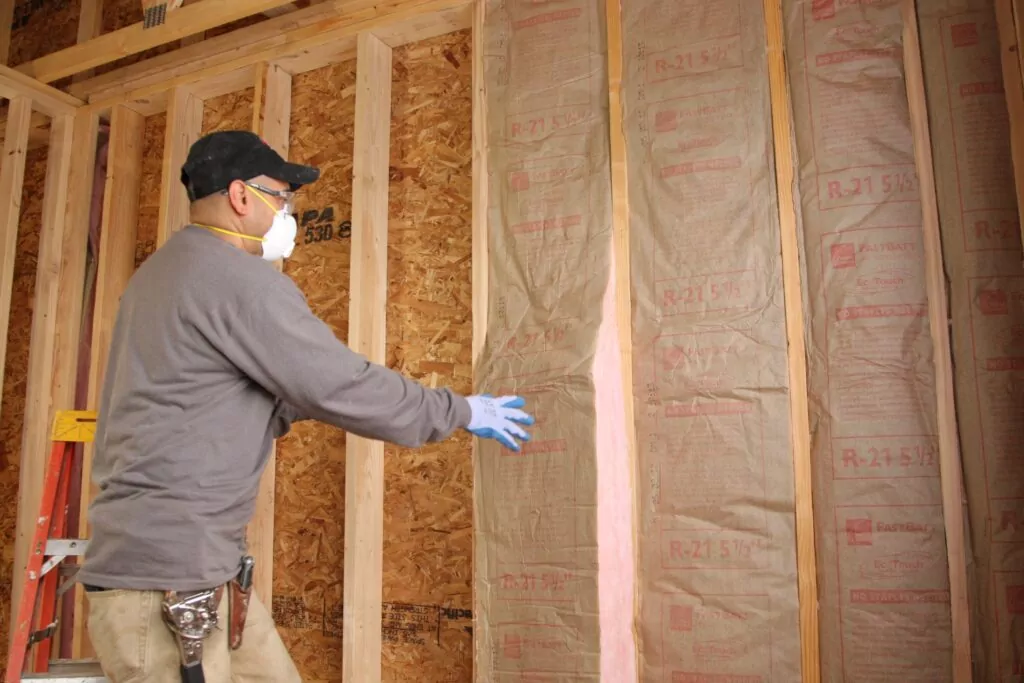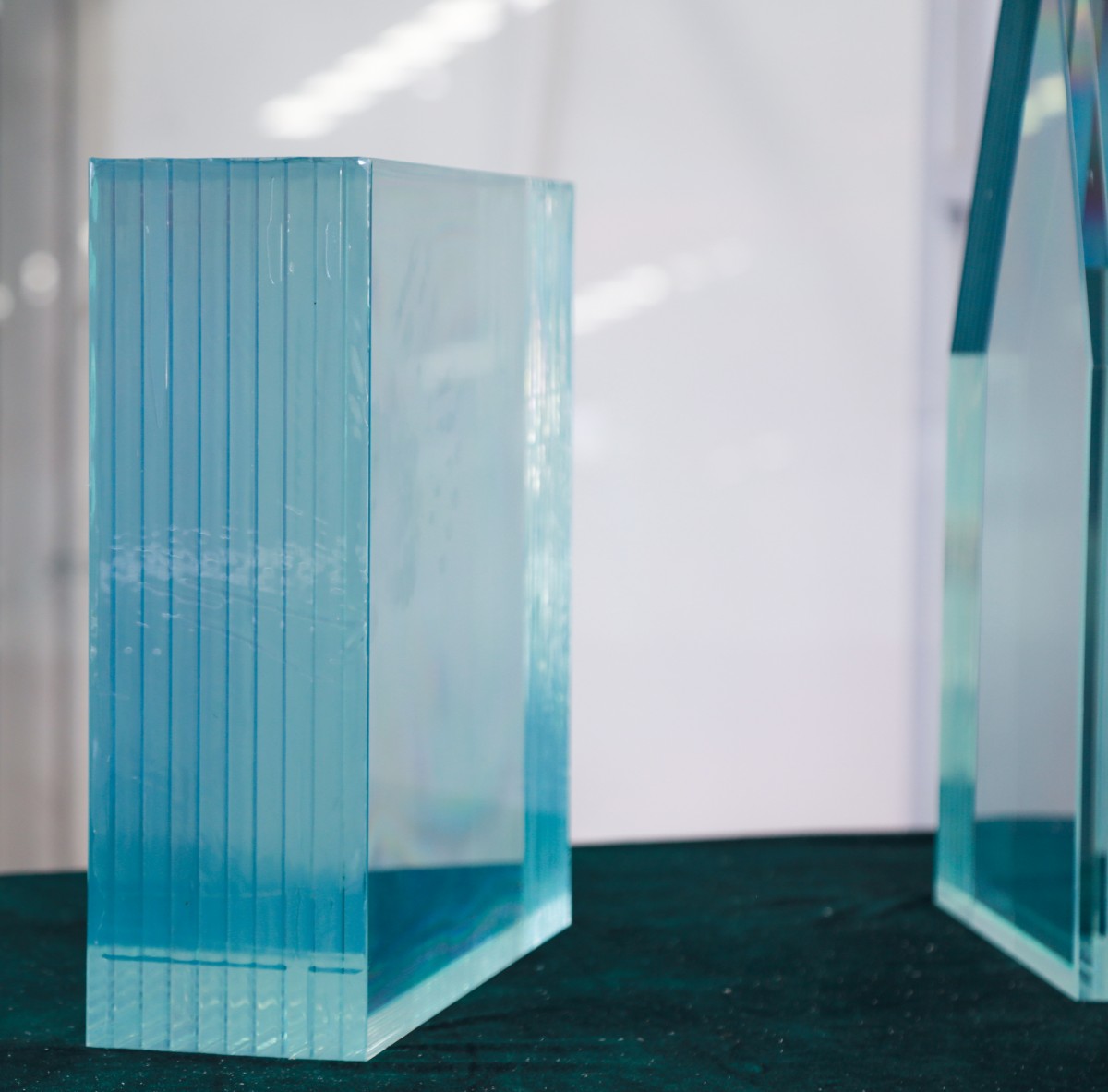Styrofoam, a widely used material in various industries, has gained attention for its insulation properties. However, its effectiveness as a heat insulator is a topic of debate. In this blog post, we will delve into the science behind Styrofoam's insulation capabilities and explore its pros and cons as a heat insulator.
- Understanding Styrofoam:
Styrofoam, also known as expanded polystyrene (EPS), is a lightweight and rigid material composed of 98% air. Its structure consists of interconnected cells that trap air, which is a poor conductor of heat. This unique composition forms the basis of Styrofoam's insulation properties. - Thermal Conductivity:
Thermal conductivity is a measure of how well a material conducts heat. Styrofoam exhibits low thermal conductivity due to the trapped air within its structure. The air pockets act as barriers, hindering the transfer of heat energy. As a result, Styrofoam can effectively reduce heat transfer through conduction. - Limitations of Styrofoam:
While Styrofoam demonstrates good insulation properties, it is not without limitations. Firstly, it is susceptible to heat transfer through radiation and convection. These modes of heat transfer can bypass the insulation provided by Styrofoam, reducing its overall effectiveness. Additionally, Styrofoam is not suitable for high-temperature applications as it can melt or deform when exposed to extreme heat. - Applications of Styrofoam Insulation:
Styrofoam's insulation properties find applications in various industries. It is commonly used in building construction to insulate walls, roofs, and foundations. The lightweight nature of Styrofoam makes it easy to install and helps improve energy efficiency in buildings. It is also utilized in the packaging industry to protect fragile items during transportation. - Environmental Concerns:
While Styrofoam offers insulation benefits, it is important to address its environmental impact. Styrofoam is non-biodegradable and can persist in the environment for hundreds of years. Its production also involves the use of fossil fuels, contributing to carbon emissions. As a result, alternative eco-friendly insulation materials are being explored to mitigate these concerns.
Conclusion:
Styrofoam, with its unique cellular structure and trapped air, exhibits good insulation properties, making it an effective heat insulator. However, its limitations, such as vulnerability to radiation and convection, should be considered when selecting insulation materials. As we strive for sustainable solutions, it is crucial to balance the benefits of Styrofoam insulation with its environmental impact.


